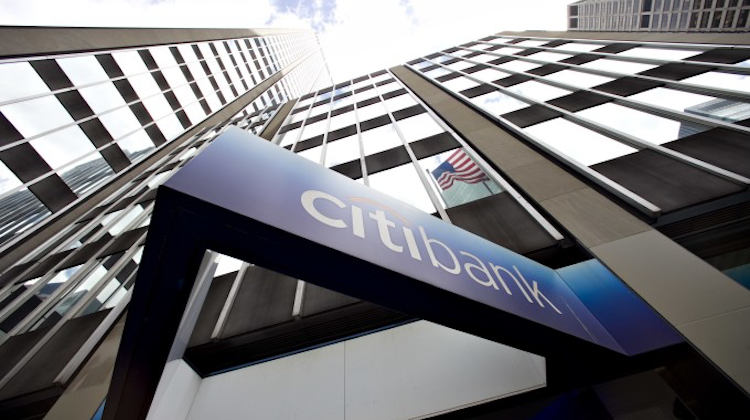The Customer Effect
What’s next for Citi’s mobile app
- Citi reported the largest growth of mobile users for 2017, showing a 25 percent increase to 10 million from the first quarter of 2017 to the first quarter of 2018
- Citi is working on its first foray into voice with a Siri-enabled voice search feature in its mobile banking app








